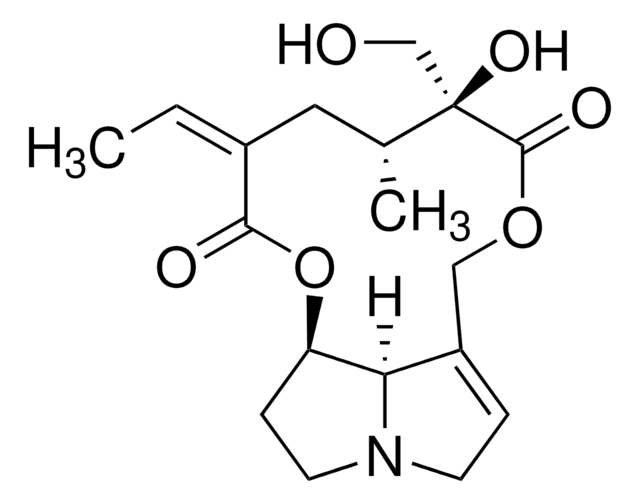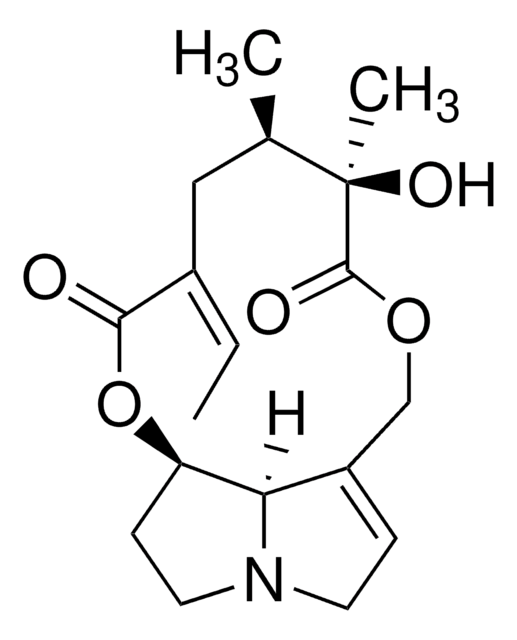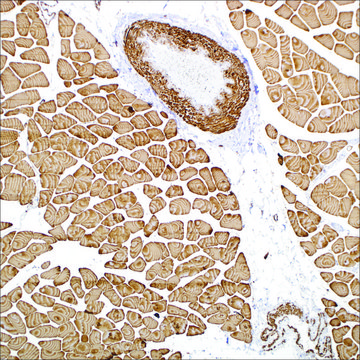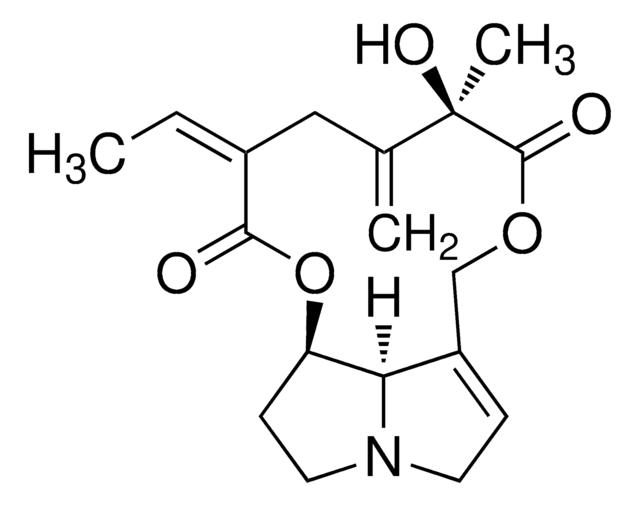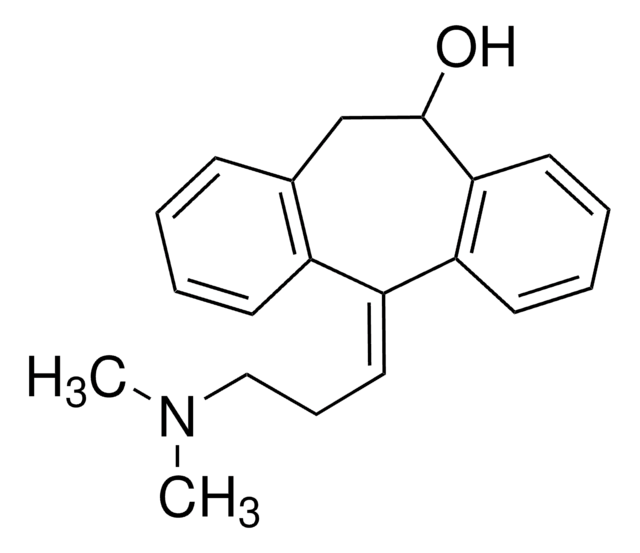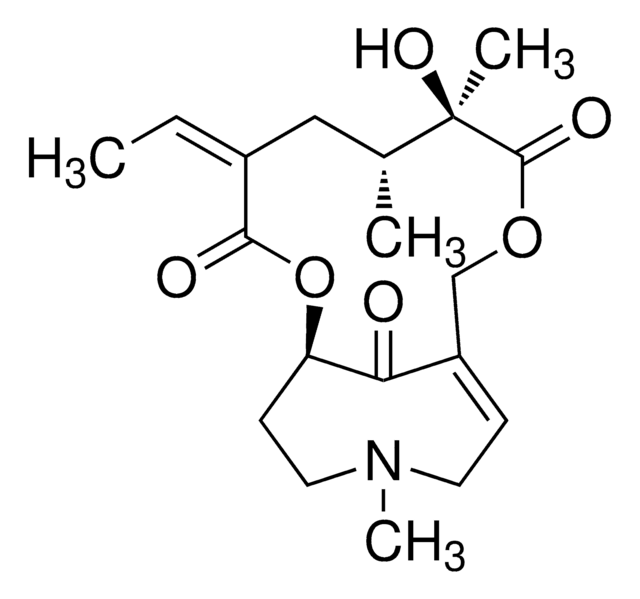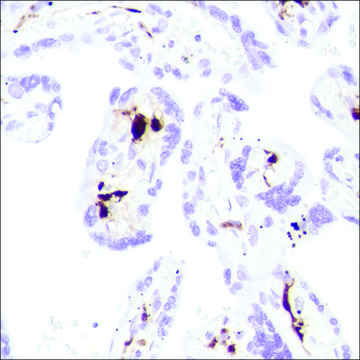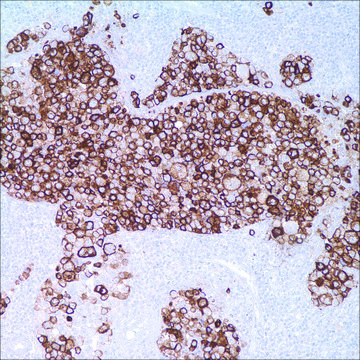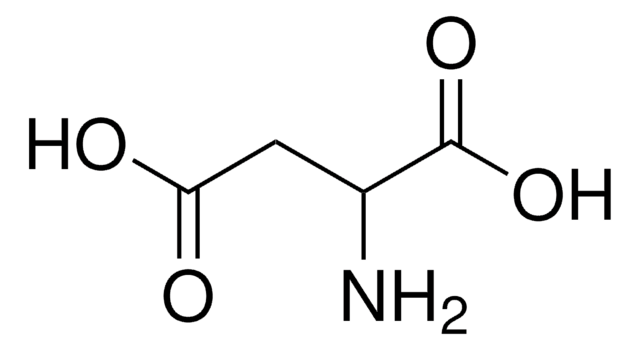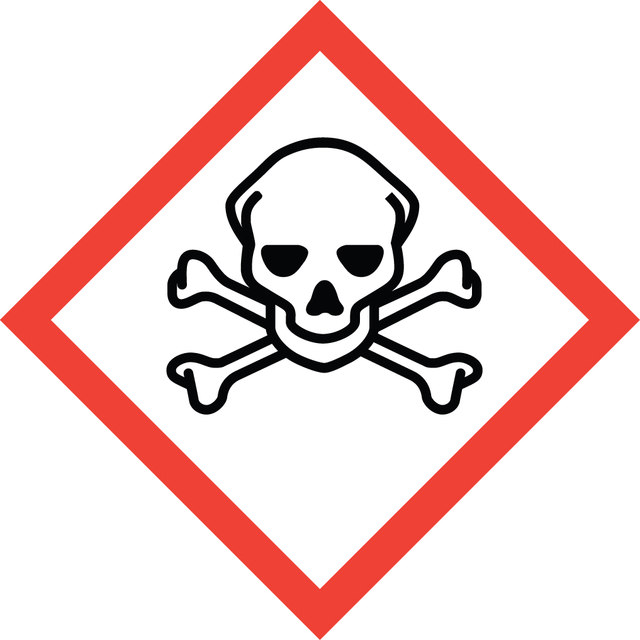About This Item
Recommended Products
Assay
≥95.0% (GC)
optical activity
[α]25/D −55.1°, c = 0.034% in chloroform
mp
236 °C (lit.)
storage temp.
−20°C
SMILES string
[H][C@@]12[C@H]3CCN1CC=C2COC(=O)[C@](C)(O)[C@H](C)C\C(=C\C)C(=O)O3
InChI
1S/C18H25NO5/c1-4-12-9-11(2)18(3,22)17(21)23-10-13-5-7-19-8-6-14(15(13)19)24-16(12)20/h4-5,11,14-15,22H,6-10H2,1-3H3/b12-4-/t11-,14-,15-,18-/m1/s1
InChI key
HKODIGSRFALUTA-JTLQZVBZSA-N
Looking for similar products? Visit Product Comparison Guide
Application
Packaging
Signal Word
Danger
Hazard Statements
Precautionary Statements
Hazard Classifications
Acute Tox. 1 Dermal - Acute Tox. 1 Inhalation - Acute Tox. 1 Oral
Storage Class Code
6.1A - Combustible acute toxic Cat. 1 and 2 / very toxic hazardous materials
WGK
WGK 3
Flash Point(F)
Not applicable
Flash Point(C)
Not applicable
Personal Protective Equipment
Regulatory Information
Choose from one of the most recent versions:
Already Own This Product?
Find documentation for the products that you have recently purchased in the Document Library.
Our team of scientists has experience in all areas of research including Life Science, Material Science, Chemical Synthesis, Chromatography, Analytical and many others.
Contact Technical Service